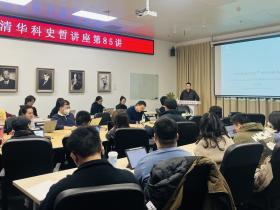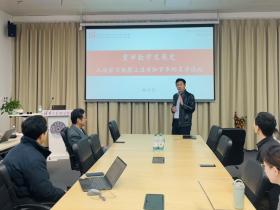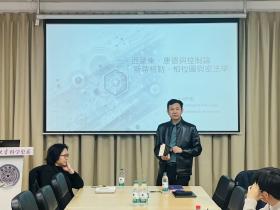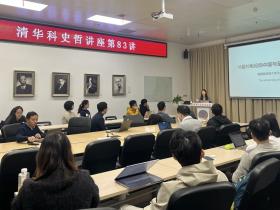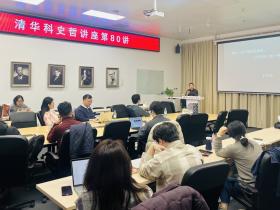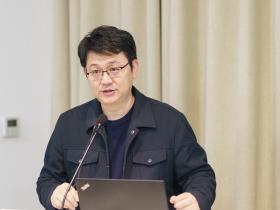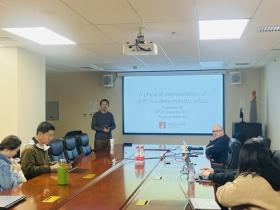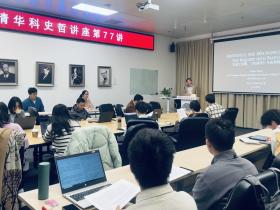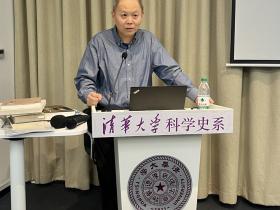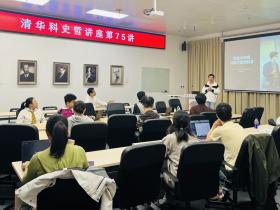On the afternoon of March 14, 2024, the Department of History of Science of Tsinghua University held the Lecture 60 of the THU History and Philosophy of Science Lecture Series. The event was hosted by Wang Zheran, Department of History of Science, Tsinghua University. Three lecturers from the Department of Social Sciences, Central University of Mindanao, Philippines, gave reports respectively.
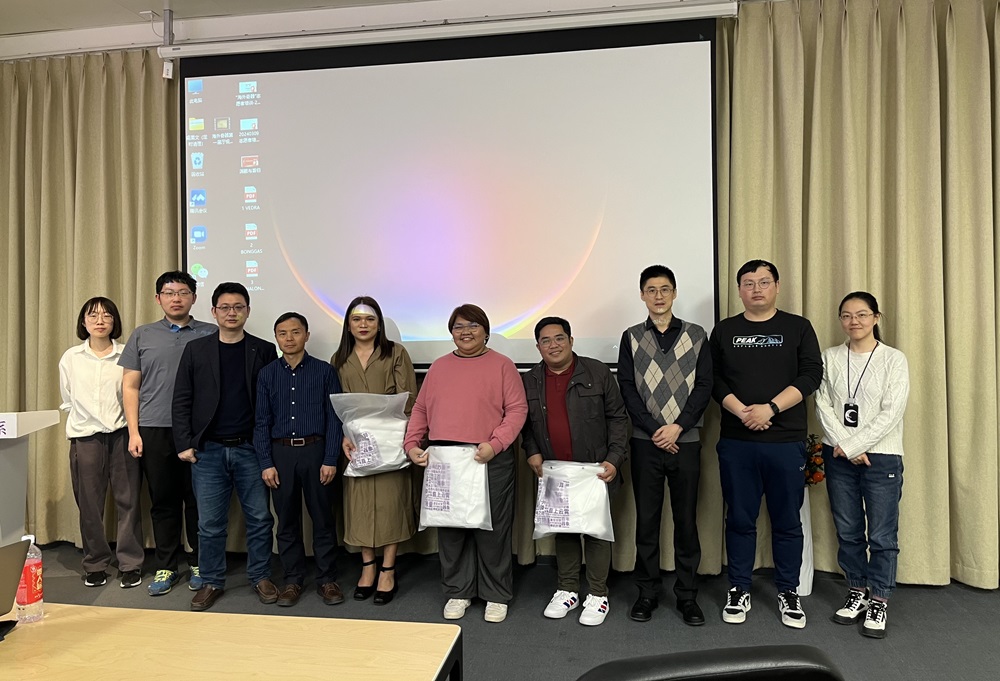
Glarry Jun A. Vedra's report is titled "Historical Perspectives on Sci-Tech in Burkinon, Philippines: Preservation of Traditional Knowledge and Innovation". Vedra's research is dedicated to preserving traditional knowledge of local communities and promoting innovations made by local communities. In the report, Vedra discussed details from six aspects: local agriculture, ethnobotany and ethnic medicine, milling technology, fishing and hunting methods, food preservation, and local fortifications. For example, local residents of Burkinon are far from the coastline and cannot obtain enough fresh sea fish from coastal villages. Local residents have developed fishing nets that are convenient for fishing in rivers and lakes. Weidel made three conclusions at the end of the report: 1. In the Philippines, locals in Burkinon undoubtedly used science and technology to maintain the living needs of the community. These practices ultimately develop unique local traditional knowledge; 2. Bukinon's local science and technology are only produced after they come into contact with the outside world's historical timeline. While maintaining traditions, they make technological innovations to maintain community life needs and adapt to social challenges and progress. 3. Local science in Bukinon is the key to understanding the history, traditions and culture of the residents. Enhancing our understanding of local science can also help us better restore the daily lives of local residents in history.
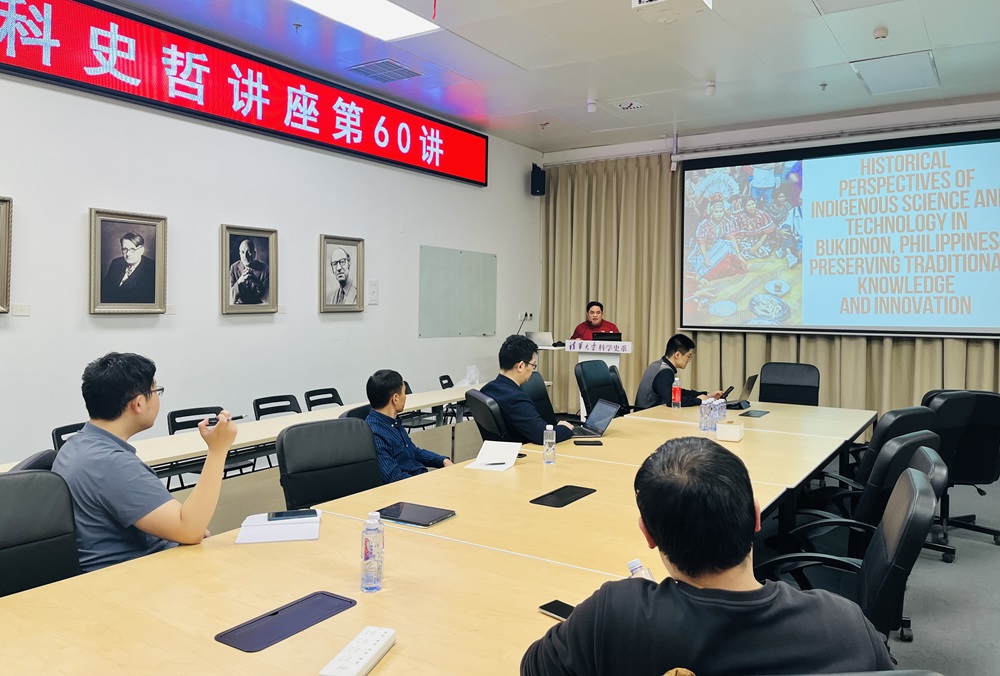
Lea Lei M. Bonggas's report is titled "Rizal and Science". Jose Rizal (1861-1896) is a transliteration of the Spanish name Rizal. Rizal is a famous Philippine national hero and revolutionary and is respected as the founding father of the Philippines. Banggas's report focused on the scientific undertakings that Rizal had undertaken during his exile to Pidan. Bangas pointed out that Rizal’s contributions to scientific undertakings mainly include botany, zoology, ethnography and physics, and these contributions have previously received less attention in the academic community. During his time in the Philippines from 1892 to 1896, Rizal's contribution to science and technology was mainly three categories: horticulture, plant specimenology, and the acquisition of rubber from mangroves. In particular, the rubber technology was lost, which caused the originally developed shipbuilding industry to decline for a while. After Rizal presided over the rediscovery of this technology, the land shipbuilding industry was able to recover rapidly. Rizal has also presided over the development of a number of technologies locally, including irrigation systems, brick making processes, lighting systems, fishing nets, etc.
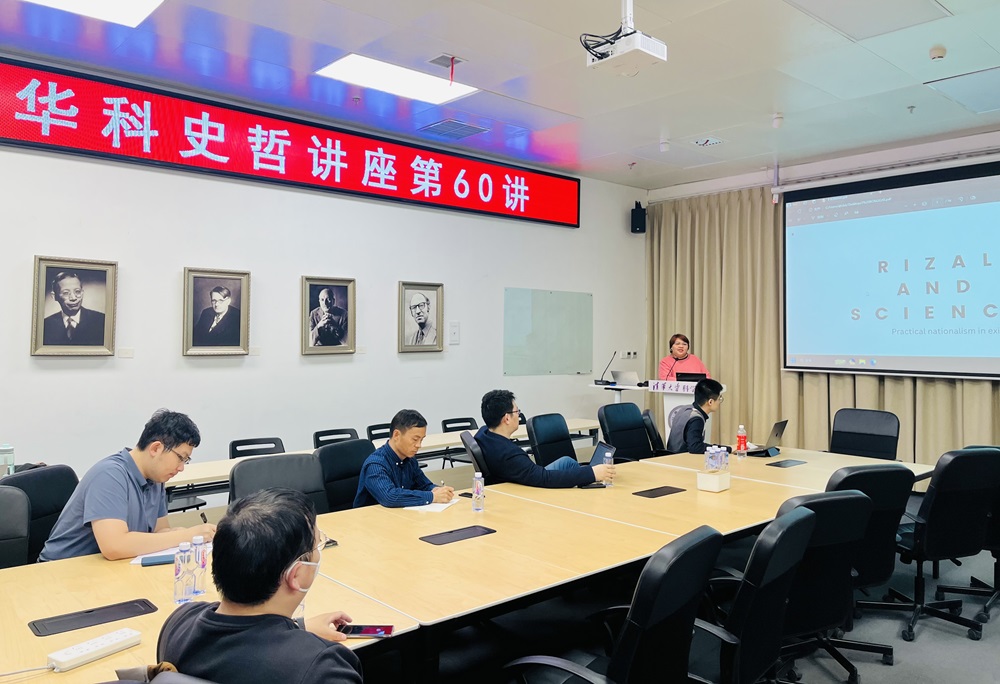
Bulkhia U. Panalondong's report is titled "Animals of the American colonization: Exploring the History of Science in Lake Lanau". Pana Renden pointed out that during the colonial period of the Philippines, their primary task was to take appropriate measures to appease and control the local residents. However, the role played by animals during this period is not yet clear. Panarendon's report takes the Ranau Lake area as an example and points out the important roles of animals in two aspects: as practical applications and as cultural symbols as carriers of belief. In practical applications, horses, dogs, mules and other animals have a wide range of uses. In the civilian field, they appear in agriculture, mining and other fields; in the military field, mules can assist in transportation, dogs can assist in forming police forces, and horses can be used to form cavalry units, etc. As a cultural carrier, animals are closely related to local traditions in local folk customs, sacrifices and traditions. The U.S. colonial authorities have also noticed this, consciously using animals as carriers to try to have potential impacts on local beliefs and folklore, including cultural assimilation and transformation. Pana Panalondong summarized the following three points at the end of the report: 1. The relevant research in the report will help the academic community to understand more carefully the complex historical interactions between colonial rulers and local residents in the Lake Ranau area during the colonial period of the United States; 2. It reflects the importance of non-human subjects in historical research and has the potential to broaden the existing historical narrative; 3. It provides ideas for further research on the history of the Philippines during the colonial period in the future.
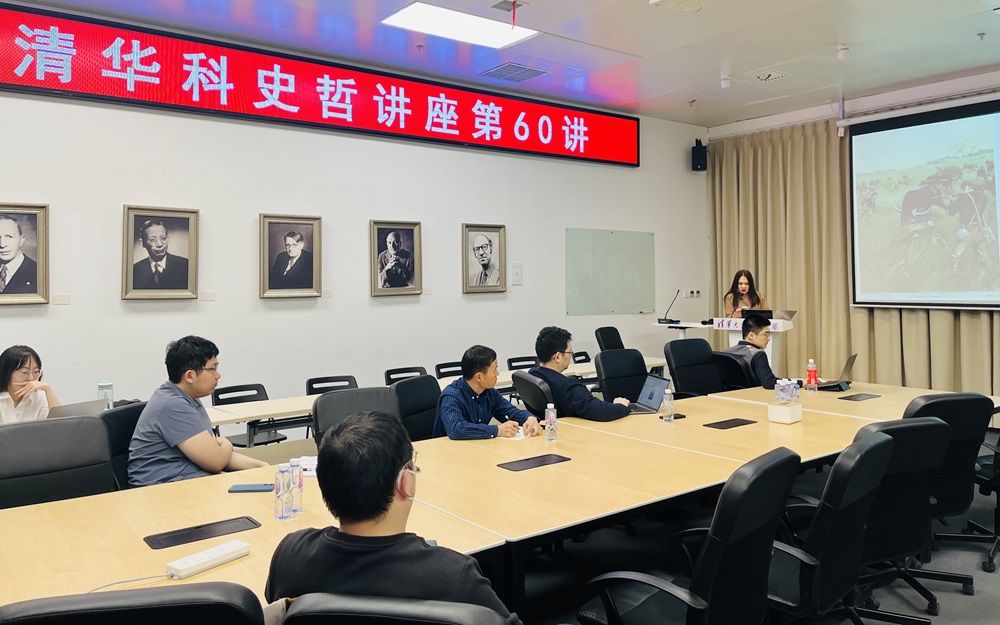
After the three reports, the audience of the History of Science who participated in the lecture had a lively discussion with the three speakers. Wang Zheran inquired about Rizal's work in science and the preservation of historical materials and resources currently passed down. Bonggas gave a detailed introduction and mentioned that because the local government had neglected protection in the past, there were very few physical objects preserved. Taking the irrigation system as an example, only the site of the water source can be seen, while the relevant equipment and design have been lost. Currently, research on this part of Rizal's work mainly revolves around manuscripts and communications. Especially the communications have a lot of historical resources. Professor Chengsheng noticed that Rizal had a very open-minded attitude in scientific career, so he asked Rizal's early education experience. Bonggas gave a detailed explanation. She pointed out that the early education that Lizard received from his mother and the relatively free education he received during his time in Manila inspired his curiosity about knowledge and also led to his later extremely open attitude towards accepting knowledge related to natural sciences. Teacher Bangas also introduced to us the Chinese descent of Rizal, Rizal’s great-grandfather was born in Fujian and moved to the Philippines in his early years. The Fuxi Rizal Square and a memorial monument are currently built in the ancestral place of Lizar in Jinjiang City, Quanzhou, Fujian Province. Shen Yubin, PhD students Luo Haotian, Yu Danni, and Master Student Meng Haoyu also participated in the discussion.
Written by: Luo Haotian Reviewed by: Wang Zheran


